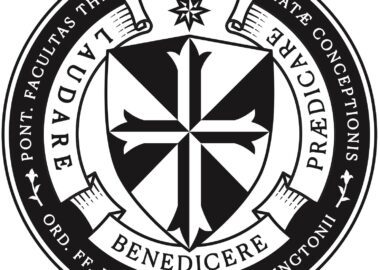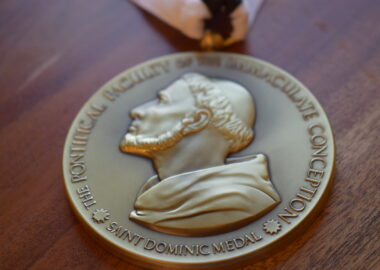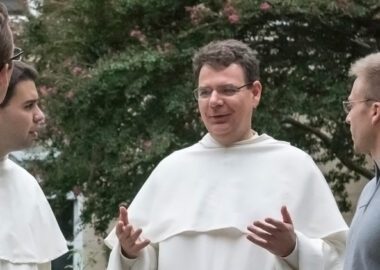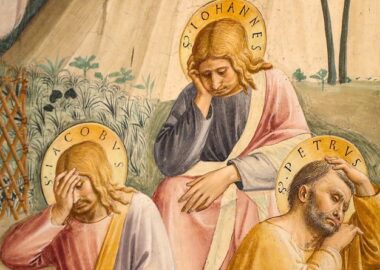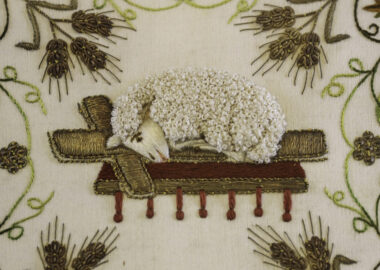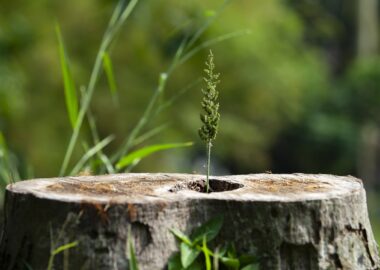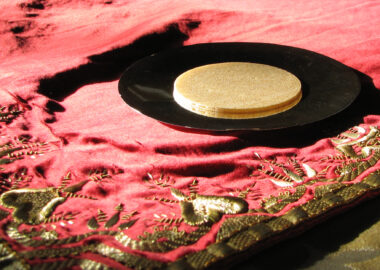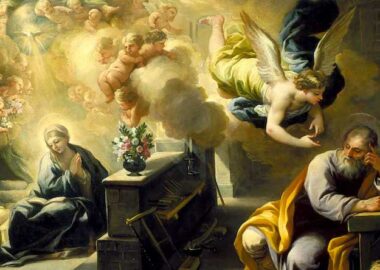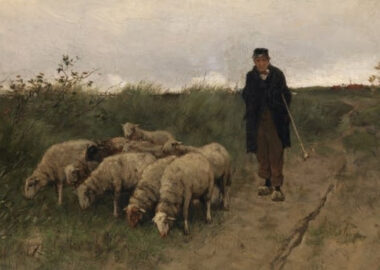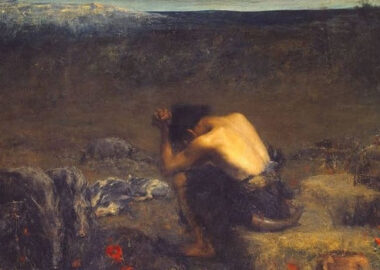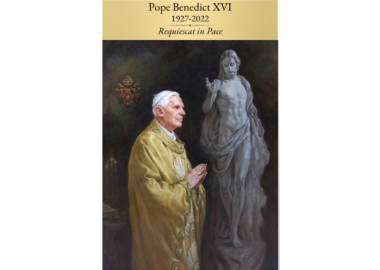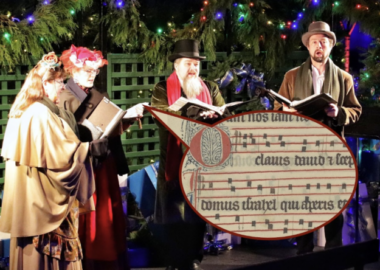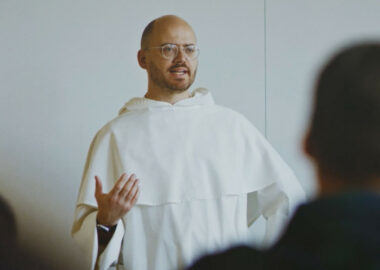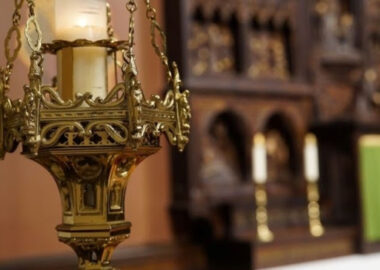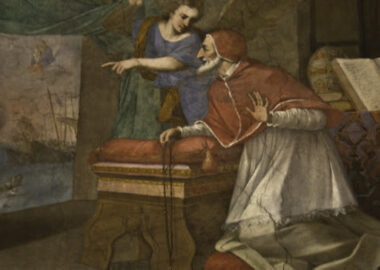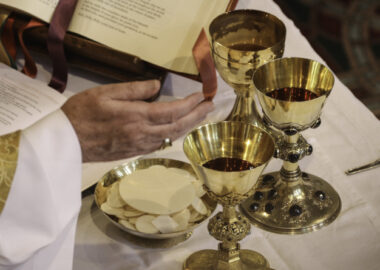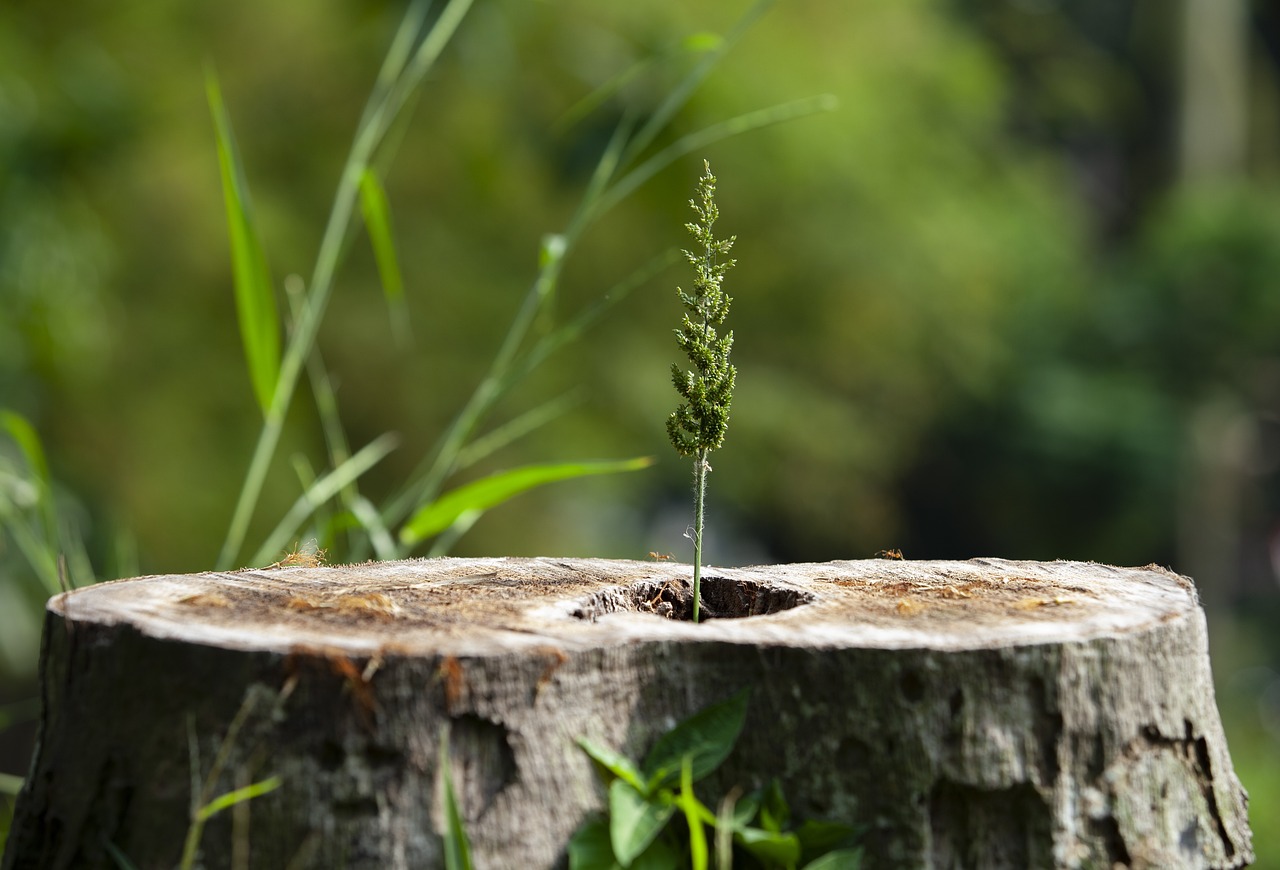
- Home
- Latest Content
- The Tree of Prayer
The Tree of Prayer
“Which tree are you most proud of?”

by
Br. Luke Mary Neitzke, O.P.
on
May 09, 2023
in
Dominicana
One day at lunch, one of the priests with whom I live asked me a question I never expected near the end of my formation at the Dominican House of Studies: “Which tree are you most proud of?”
Now, it was reasonable that he did ask, seeing as I have planted about 50 trees around the House over the past four years. I planted most for shade, privacy, beauty, or fruit, so it took me a second to think which one I could say I was most “proud” of. But quickly I realized there was no real question about it. There was one tree that was not planted for any of these reasons, but simply because it was outgrowing its pot and needed to go somewhere.
This tree, when planted, was nothing more than a 6-foot-tall pole; it was just a skinny trunk with no branches or leaves. Had someone seen it, he would have thought it was just a stick that was stuck in the ground (as more than a few brothers had joked). Because of its less-than-remarkable qualities, this sad thing was placed out of the way near plenty of other trees, just in case it didn’t make it.
But I took a liking to this tree. Whenever I was praying my rosary in the backyard, I would stop in front of this tree and ask God to make this tree thrive.
This, in a way, can be seen as the story of a Christian at prayer. This tree was deemed the weakest of the trees that we planted that year, and in reality, it was. But the power of God is made perfect in our weakness (2 Cor 12:9). When we are at our weakest, we turn to God in prayer, prayer that is constant, prayer that is simple, and prayer that trusts even when it doesn’t see any results.
This tree was planted in the winter, many months before any signs of life could be expected. I would make my daily walk around the backyard, saying my rosary, stopping in front of the tree, then continuing on. Eventually spring came and I looked forward to seeing signs of life … but none came. All the other trees were coming to life. The sap was flowing. Buds, blossoms, leaves, and branches were all being brought forth. But from this weak little tree, nothing.
I continued my daily walks, almost giving up hope for the little guy, but still stopping in front of it, asking God to help it out. And surprisingly (though it should not have been) this is exactly what happened! First a small bud, and then a small branch; within months it was very clear that this small prayer had been answered.
I continued my prayers for it to thrive for a few years, but with a small addition: a short prayer of thanksgiving for the life that God had already bestowed upon this tree. This tree actually grew taller and more beautiful than any of the other stronger trees that we had planted in more ideal locations.
This small prayer that I offered up for this tree is the same prayer that I and many others have offered up for my life. We are called to be weak and meek by all worldly standards, but it is the meek that will inherit the world. Every Christian will go through winters in this life, when we are stripped of all that we thought made us beautiful, healthy, or alive. But “God does not see as a mortal, who sees the appearance. The Lord looks into the heart” (1 Sam 16:6-8).
By embracing a life of prayer that is continual, simple, and trusting, we become more alive than ever, even if we can’t always see it. Just as the tree loses its dead leaves, we are stripped of everything unnecessary. The life that was visible in the leaves for everyone to see retreats to the innermost parts of the tree where only God can see. This life may wait inside the Christian for days, months, or years, but it is always there, waiting to be brought forth at the right time, by the warmth of the rising Son.
✠
Photo (via Pixabay)
Originally posted on Dominicana Journal
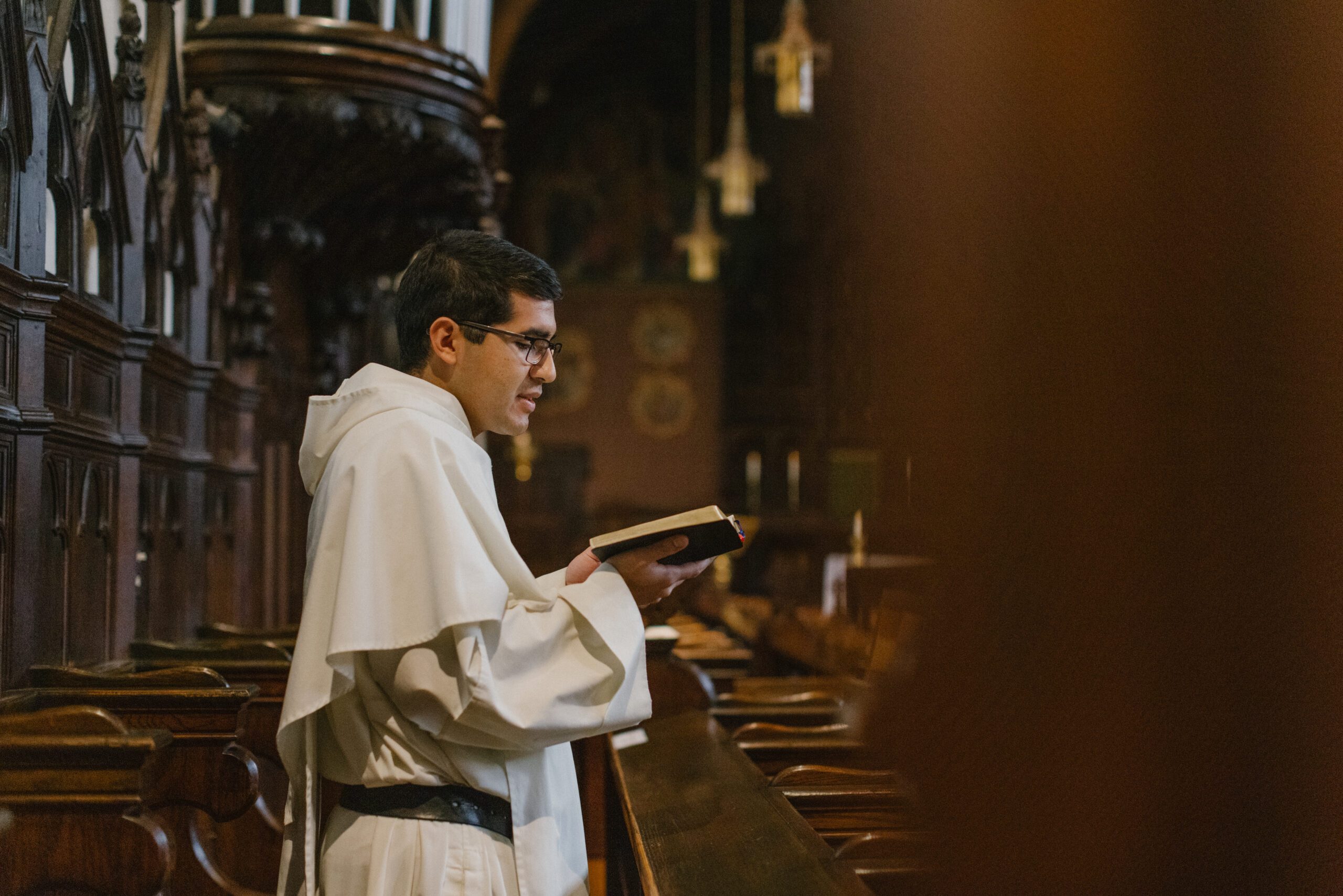
The Dominican House of Studies
Forming Preachers of Truth in Charity.
Catholic theology in the Thomistic tradition for Dominican students and all who are interested in serving the Church, evangelizing the world, and growing in virtue, wisdom, and holiness.
Give
